Types of Storing and Preserving Method for Vegetables
1. Store in room temperature (generally to be taken above 70°F)
Could last a day or up to a few days. Depending on types of vegetables, humidity, and the surrounding environment. Generally, a clean and dry place away from sunlight and heat. Only recommended if you plan to cook them in a short while. However, this method is not recommended for the storage of more than half a day.
2. Store fresh/raw in the fridge
Could last up to 1 month. Leafy vegetables usually last for a maximum of 2-3 days due to the fridge tend to be dry. For roots and bulbs, vegetables tend to last up to a month. Trim all the excessive part of the vegetables and wrap with a paper towel before storing in the fridge. Alternatively, keep different type of vegetables in a separated container before storing in the fridge.
3. Store in Root Cellar
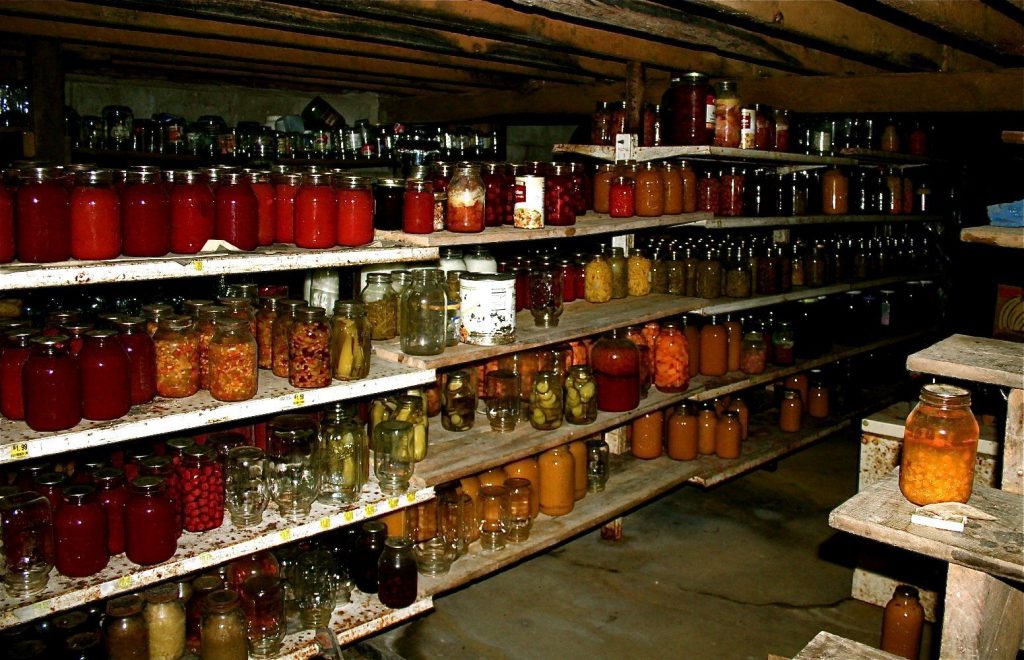
Source : Pinterest
Root Cellar plays a significant role in the various eras and a bunker for winter food supply, back in the days where electricity wasn’t invented. However, this method is becoming popular again in European countries among the ecologically-minded ones. In a root cellar, the temperature is optimal and humidity is steady, preventing freezing and also keeping vegetables cool during summer.
4. Drying Vegetables (Dehydrates)
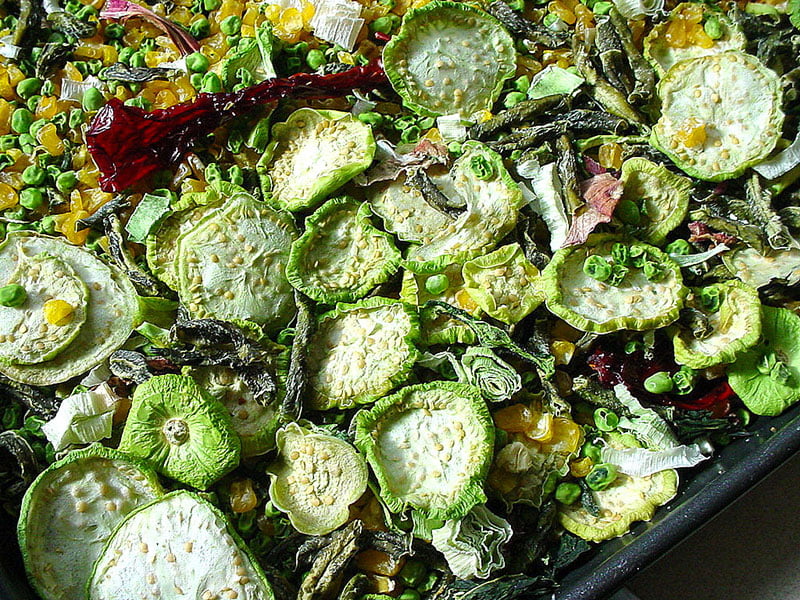
Source : modernfarmer.com
Vegetables are dehydrated, removing all the water content which also prevents bacteria, yeast, and mold from growing. This method will change the texture of the vegetables and normally will concentrate the flavor. Dehydration could be done in an oven, a specialized dehydrator, or under the sun.
5. Freezing Vegetables
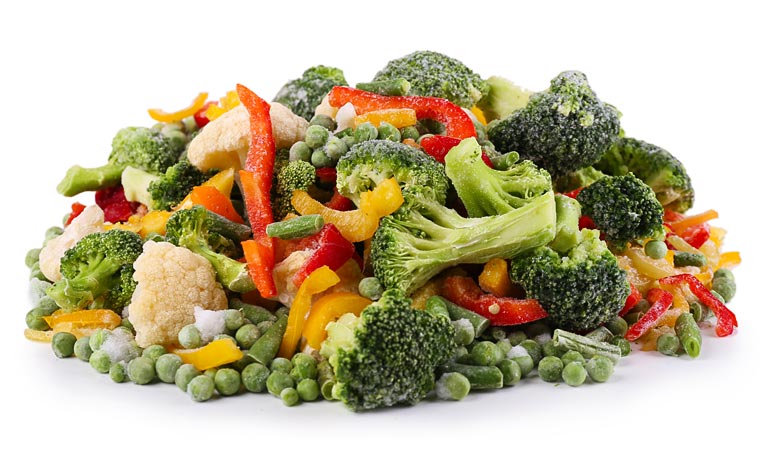
Source : tcfoods.ca
Did you know that most vegetables freeze well? Firstly they needed to be blanched. However, some vegetables contain a high level of acidity do no need to be blanched. Blanching raw vegetables depends on the types of vegetables and the cut size of the vegetables, then cooling and draining them.
Most frozen vegetables do not need to be defrosted or thawed before cooking, although some needed to be completely or partly defrosted. It is much preferred to avoid defrosting them as this would lead to loss of flavor and nutritional value. Do follow the instruction written on the purchased frozen vegetables whether or not to defrost them. Usually, manufacturers have their homework done well before putting the product on the market shelves. To defrost them, simply leave them in their sealed bag either at room temperature or in the chiller compartment of your fridge.
Cooking time of frozen vegetables are usually shorter than fresh vegetables, as the frozen vegetables are partial cooking during the initial blanching process.
6. Preserving Vegetables
There is a couple of methods to preserve vegetables. Traditionally, the preservation of vegetables is done as a preparation for winter where crops are unable to grow. However, in modern culinary, preserve vegetables are used as a side dish, appetizer or as important ingredients for the recipe.
Canning Vegetables
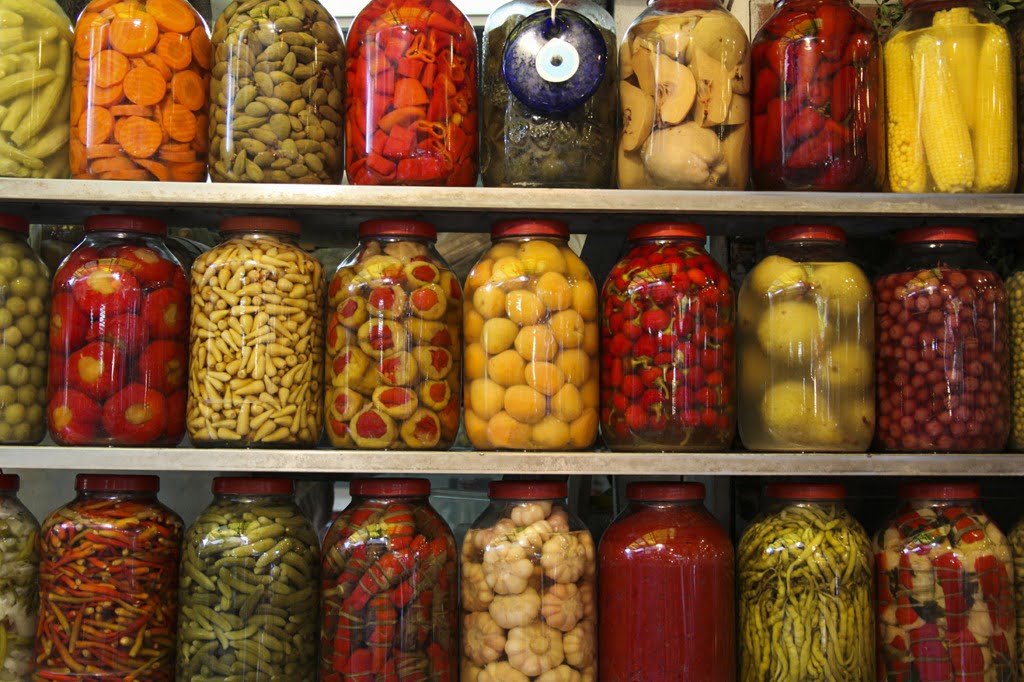
Source : WYPR
For the canning method, vegetables must be pressure-cooked. This is to prevent botulism, where a type of bacteria (C. botulinum) that thrive in low-oxygen conditions to germinate inside the bottle, producing toxin as their waste and the toxin if consume could lead to fatality. Pressure cooking ensures the temperature goes above the boiling point at 121 °C (250 °F) for 3 minutes which destroys the spore and prevents them from growing inside the can. Be sure to sterilize all your jars and lids before using them.
Quick Pickle Vegetables
There are lots of recipes out there but the kick of this quick pickle is simply immersing your vegetables in the acidic liquid – could be vinegar, lemon juice or whey with salt or sugar, or salt and sugar. You could also add herbs and spices if you prefer.
Salting Vegetables (Ferment Vegetables with dry salt)
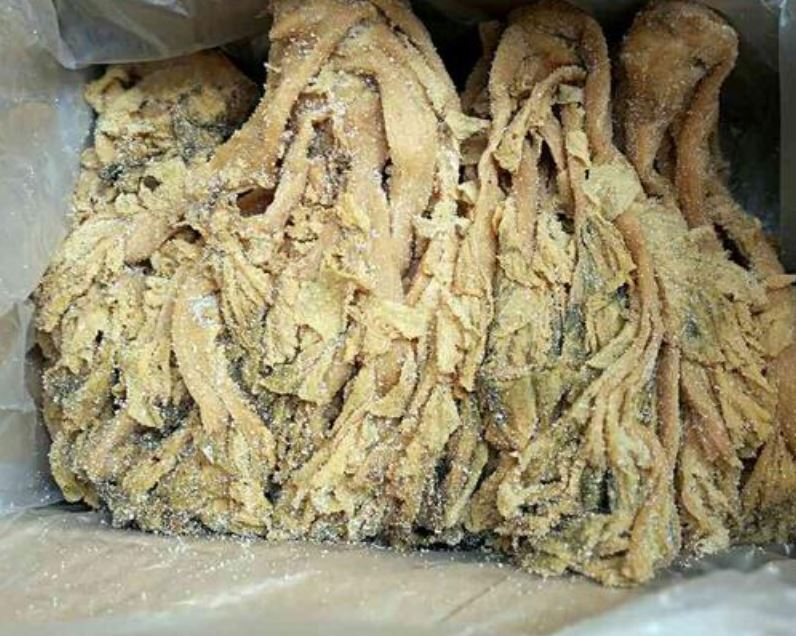
Salted Kohlrabi
There are two methods in salting vegetables – high concentration of salt and low concentration of salt. A high concentration of salt prevents fermentation from affecting the vegetables and preserve the vegetables for a very long period of time. Commonly used with cauliflower, spinach, chard, peas, kale, and string beans. The excessive salt has to be washed off before using the preserve vegetables. Whereas low salt concentration preservation method promotes the growth of lactic acid bacteria which inhibit the growth of other types of bacteria that would spoil the vegetables. Sauerkraut or kimchi are made with this method.




0 Comments